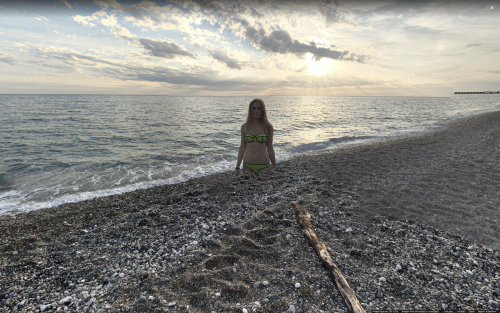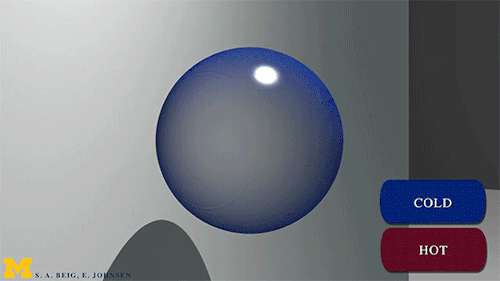Go to https://curiositystream.com/minutephysics to get access to CuriosityStream AND Nebula (where you can watch the extended version of this video), plus you'll get a 26% discount on an annual subscription.
This video is about the "Kelvin wake" shape of water wakes behind boats - we talk about mach angle, dispersion, superposition of many waves, and how these all lead to the pattern of a wake. We don't get into Froude number though...
REFERENCES
Boat Wake Wikipedia Page: https://en.wikipedia.org/wiki/Wake
Interactive Boat Wake Simulation: https://observablehq.com/@rreusser/dispersion-in-water-surface-waves
Feynman Lectures on Water Waves: https://www.feynmanlectures.caltech.edu/I_51.html#Ch51-S4
Building up a Boat Wake from V-Shaped Wakes: https://editor.p5js.org/aatish/full/bDiykicsC
Wave Dispersion: https://en.wikipedia.org/wiki/Dispersion_relation
Mach angle shock waves:
https://www.sciencedirect.com/topics/engineering/mach-angle
Ship Wakes - Kelvin or Mach Angle? Rabaud and Moisy Paper: https://journals.aps.org/prl/abstract/10.1103/PhysRevLett.110.214503
Support MinutePhysics on Patreon! http://www.patreon.com/minutephysics
Link to Patreon Supporters: http://www.minutephysics.com/supporters/
MinutePhysics is on twitter - @minutephysics
And facebook - http://facebook.com/minutephysics
And Google+ (does anyone use this any more?) - http://bit.ly/qzEwc6
Minute Physics provides an energetic and entertaining view of old and new problems in physics -- all in a minute!
Created by Henry Reich



 z
z











